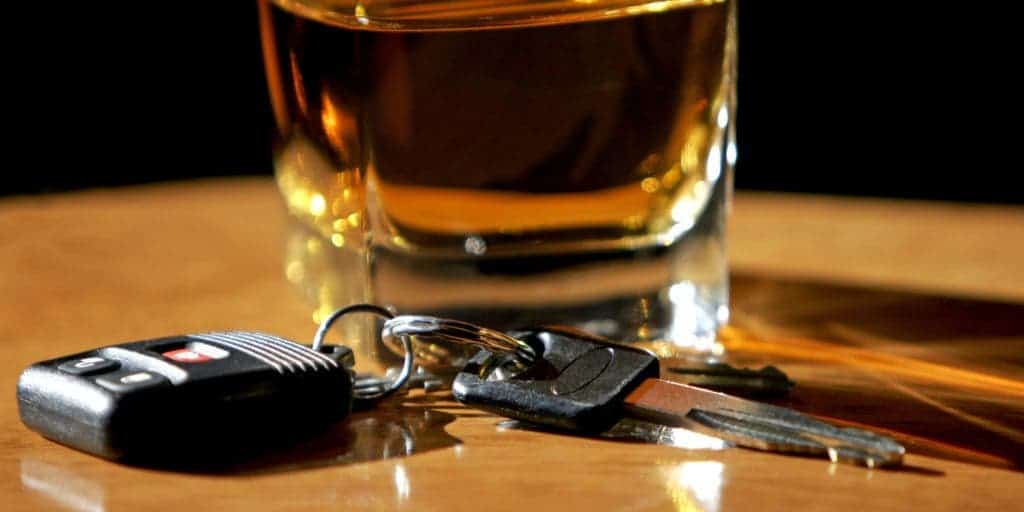Even though driving after drinking small amounts is legal, it’s most definitely not safe, research from the University of Kentucky (UK) in the U.S. finds. Nicholas van Dyke and Mark Fillmore at UK reported that for intoxicated drivers, even those driving under the legally accepted alcohol limit, small distractions such as a text message or dashboard controls are just too much to handle safely. The study provides the first scientific evidence on the impact such distractions have on the ability of liquored drivers to safely control vehicles.
In the US. an average of 28 alcohol-related traffic deaths are reported daily. Law makers are considering lowering the legal alcohol limit for drivers, currently at 0.08 percent, to 0.05 percent in an effort to reduce the number of incidents in the future.
Such laws however are based on the assumption that it’s safe to drive while below that limit – but it’s not. They do not take into account how distractions further influence a driver’s ability to control their vehicle.
Van Dyke and Fillmore wanted to see just how much of a toll they take on the driver. They tested 50 adult participants, gauging how they can maneuver a 5.9 mile drive through a typical urban setting after having just one drink.
They employed a driving simulator, and took note of how well participants continuously adapted to the road — such as making small adjustments to the steering wheel to keep the vehicle on a lane, how often they crossed into another lane or veered onto the edge of the road. Each test lasted 6 minutes, but during that time the drivers also had to respond to small red circles appearing on their simulated windshield.
According to the researchers, this distraction task was no more difficult than what drivers experience on a daily basis while reading or typing text messages or any of the numerous — and increasingly complex — dashboard controls that they have to keep track of on a modern vehicle.
Separately, alcohol and the distractions both impaired key aspects of driving performance, including within-line deviations, steering rate and lane exceedance. The magnitude to which alcohol impaired safe driving was increased two-fold when a driver also had to deal with distractions, even when under the legal US. alcohol limit.
“With continuing advancements in technology and the omnipresence of distractions while driving, it is becoming increasingly important to study the interaction between alcohol and distraction on driving,” van Dyke points out.
“A clearer understanding of how common distractions impact intoxicated drivers, especially at blood alcohol concentrations that are currently legal for driving in the United States, is an important step to reducing traffic accidents and fatalities and improving overall traffic safety,” Filmore added.
The findings were published in the journal Psychopharmacology.










